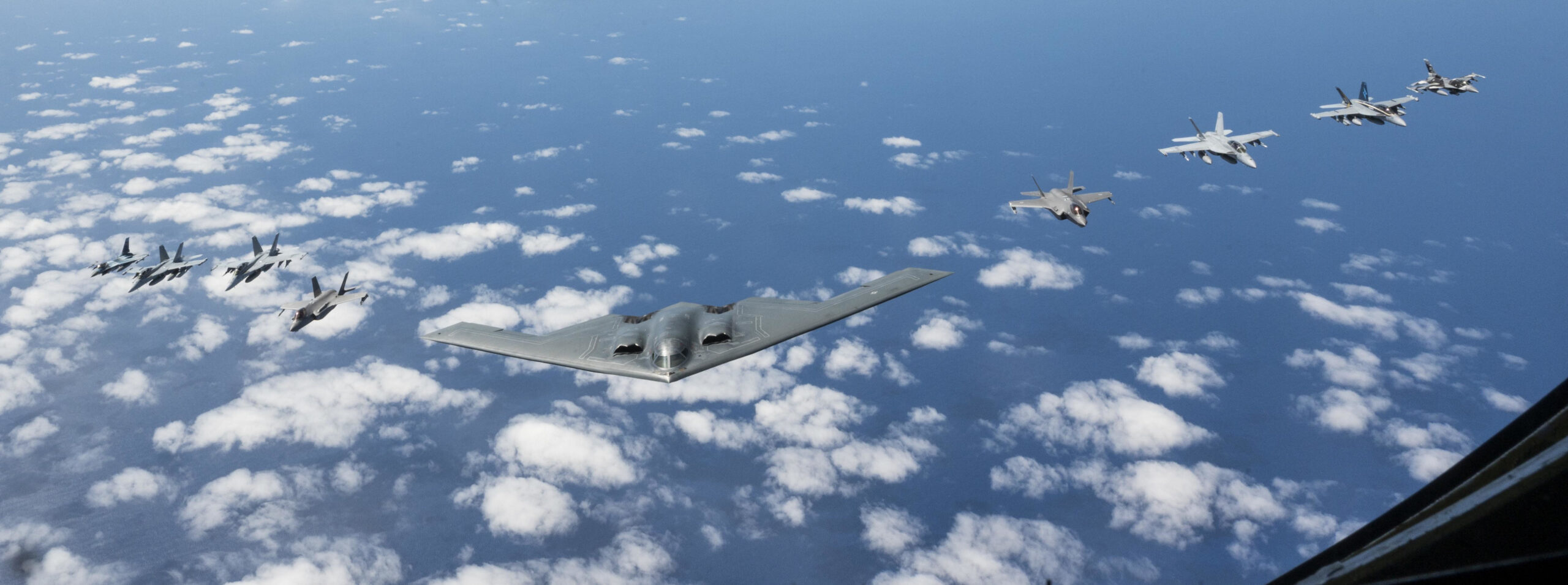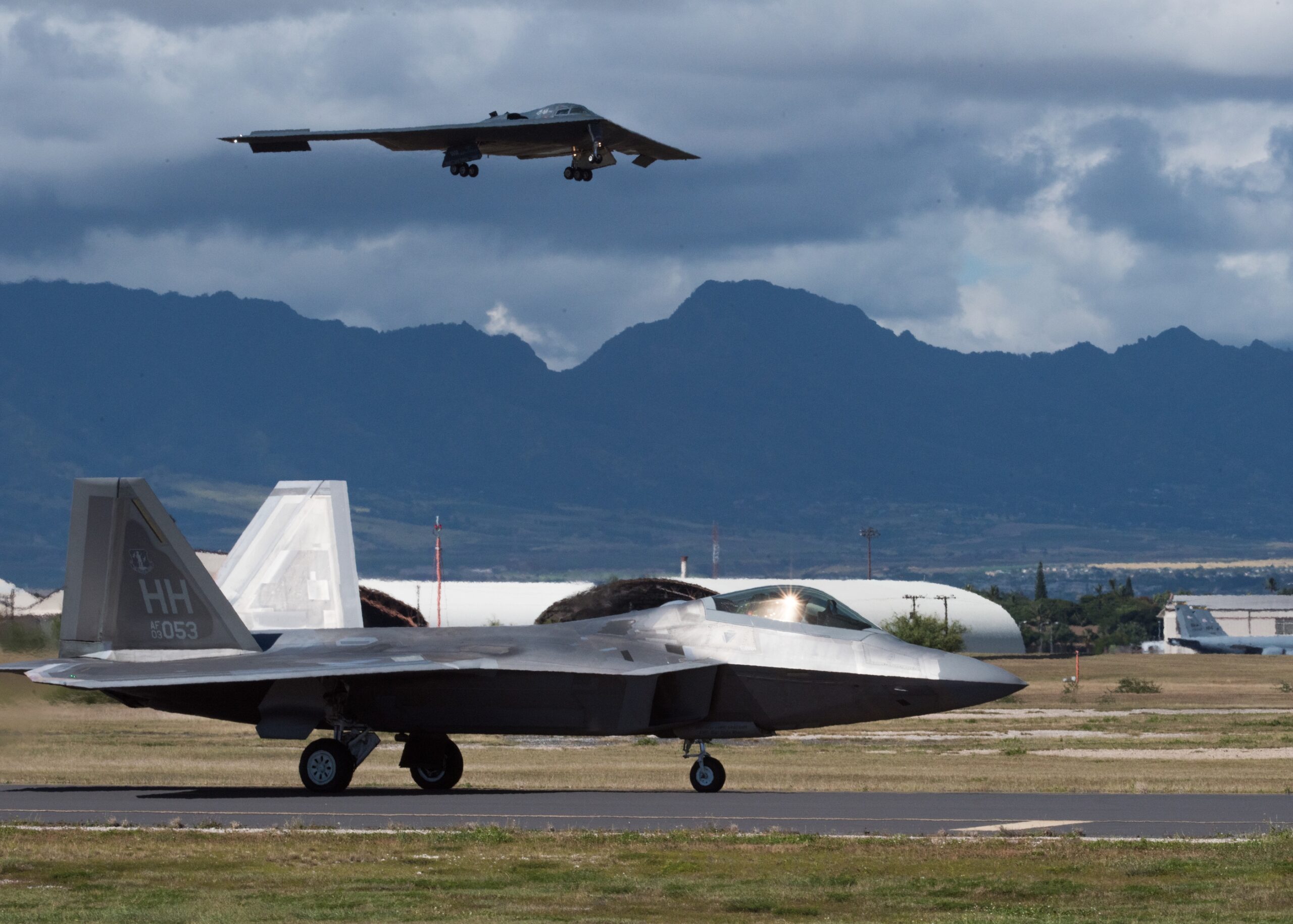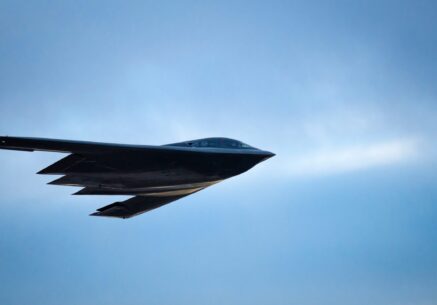
A Power Shift:
Solid State Controllers in Aerospace
Solid State Power Controllers (SSPCs) have significantly altered the landscape of power management and distribution in aerospace applications. Moving away from traditional electromechanical relays and circuit breakers, SSPCs offer a level of previously unattainable precision and reliability.
While electromechanical relays have been the industry standard for years, they come with limitations – mechanical wear and tear, slower switching speeds, and higher power loss. In contrast, SSPCs offer rapid switching capabilities, minimal power loss, and enhanced reliability, thanks to their solid-state nature. Advanced safety features like fault detection, overcurrent protection, and multiple layers of electrical and thermal safeguards are now possible. These modern controllers also allow for more precise operations, enabled by sophisticated control circuitry.
The development of SSPCs has been a gradual process, influenced by the growing demands of aerospace applications for more reliable and efficient power management solutions. Early versions were primarily focused on basic switching functions. However, as technology advanced, so have the capabilities of SSPCs. Today, they are highly sophisticated devices that handle a variety of complex tasks, from rapid fault detection to intricate power distribution algorithms.
Anatomy of modern SSPCs – safer, faster and more efficient
Modern SSPCs employ technology such as Silicon-based (Si) and Silicon Carbide (SiC) MOSFETs (Metal-Oxide Semiconductor Field-Effect Transistor) for power switching. The result is faster switching speeds, low power dissipation, and high efficiency. The control circuitry is equally advanced, featuring microcontrollers and associated electronics for precise operations, fault detection, and protection mechanisms.
They’re designed with multiple layers of protection, including overcurrent and short-circuit protection, overvoltage and undervoltage protection, and over-temperature protection. These ensure the integrity of the power distribution system and safeguard connected loads from damage.
SSPCs in modern aircraft
A common feature in modern aircraft, spacecraft, and military systems, SSPCs are a key component for electrical distribution. In high-stakes environments, such as military aircraft, where the need for swift power distribution and fault protection is critical, SSPCs are used to ensure that power is distributed hitch-free to essential systems, such as navigation, communication, and weaponry. In commercial aviation, they manage the power distribution to various subsystems, from in-flight entertainment to crucial navigation systems, ensuring an enjoyable and safe flight for passengers.

The 270 Vdc SSPCs: More than just switching
In 2017, the Air Force Research Lab (AFRL) commissioned Leach to create a series of high-current 270 Vdc SSPCs, focusing on specific challenges related to the inrush current of highly capacitive loads. Now our cutting-edge power control units are in development for use in Next Generation Aircrafts.
Leach’s 270 Vdc SSPCs employ Silicon Carbide (SiC) MOSFETs, which can withstand higher voltage levels, ideal for power control applications requiring 270 Vdc. Their higher thermal conductivity allows them to operate at higher temperatures, making them resilient to high stresses caused by pulsed transient operations in high-power switching applications.
But the integration of 270 Vdc power systems in aerospace applications is not without its challenges, particularly when incorporating high-voltage Lithium-Ion batteries. These energy sources can deliver substantial fault currents during short-circuit conditions, requiring a swift response from protective devices. Leach’s SSPCs are engineered to meet this challenge head-on, to quickly interrupt fault currents and safeguard both the electrical system and the battery from potential damage.


Our 270 Vdc SSPCs have the ability to manage inrush current, while distinguishing between high inrush current caused by a highly capacitive load and a sustaining short circuit event. This feature mitigates nuisance trips, allowing the SSPC to continue providing power to a healthy load, or turn off when feeding a faulty load. They also handle the regenerative energy of inductive loads, a common issue during their turn-off. Voltage clamps across the MOSFETs manage back Electromagnetic Field, preventing potential damage to the switching devices.
The problem with switching 270 Vdc in power distribution systems lies in the high voltage levels, which require robust insulation and electrical isolation for safety. Failure to manage this can result in electrical breakdown, arcing, and overheating, posing risks to both operators and equipment. Leach addresses these challenges by using insulated metal substrate (IMS) for thermal management and incorporating features like virtual ground referencing and transient protection mechanisms. This ensures that critical components are shielded from high voltage exposure. Our SSPCs also include safety crowbar interlocks to ground the output and safely discharge capacitive loads, minimizing the risk of electrical shocks during maintenance.
Leach’s 270 Vdc SSPC is designed for adaptability and scalability, offering a high degree of customization to meet specific application requirements. For example, the Secondary Power Distribution Unit (SPDU) can accommodate a varying number of power channels and support different current ratings, all programmable by the user. In addition, thermal management is a cornerstone of Leach’s SSPC design. Efficient heat sinks and cooling mechanisms are integrated to naturally dissipate heat, ensuring optimal performance under a range of operating temperatures and altitudes.
The lifespan of high-power SSPCs varies according to factors like operating conditions and load configurations. Exceeding rated parameters can cause premature failure. Leach addresses this by ensuring SiC MOSFETs operate in unison within specified electrical parameters, enhancing SSPC longevity and reliability. Our high-power SSPCs are qualified for a minimum of 50,000 cycles of high-power switching, without degradation in key characteristics.

The Leach International advantage
Leach’s SSPCs are flying in many mission-critical applications, and our vertically integrated manufacturing process ensures the highest quality and reliability. Our SSPCs meet rigorous certification standards such as MIL-STD-704, DO-160, MIL-STD-461, and MIL-STD-810, covering electrical performance, environmental robustness, and reliability. The software for these units is also certifiable to DO-178C standards.
Leach has the technical expertise, capacity, and resources to design and develop state-of-the-art power distribution equipment, making us the ideal choice for aerospace engineers looking for innovative, customized solutions.
Need to speak to an expert? Contact one of our engineers here, or view our certifications here and here.
